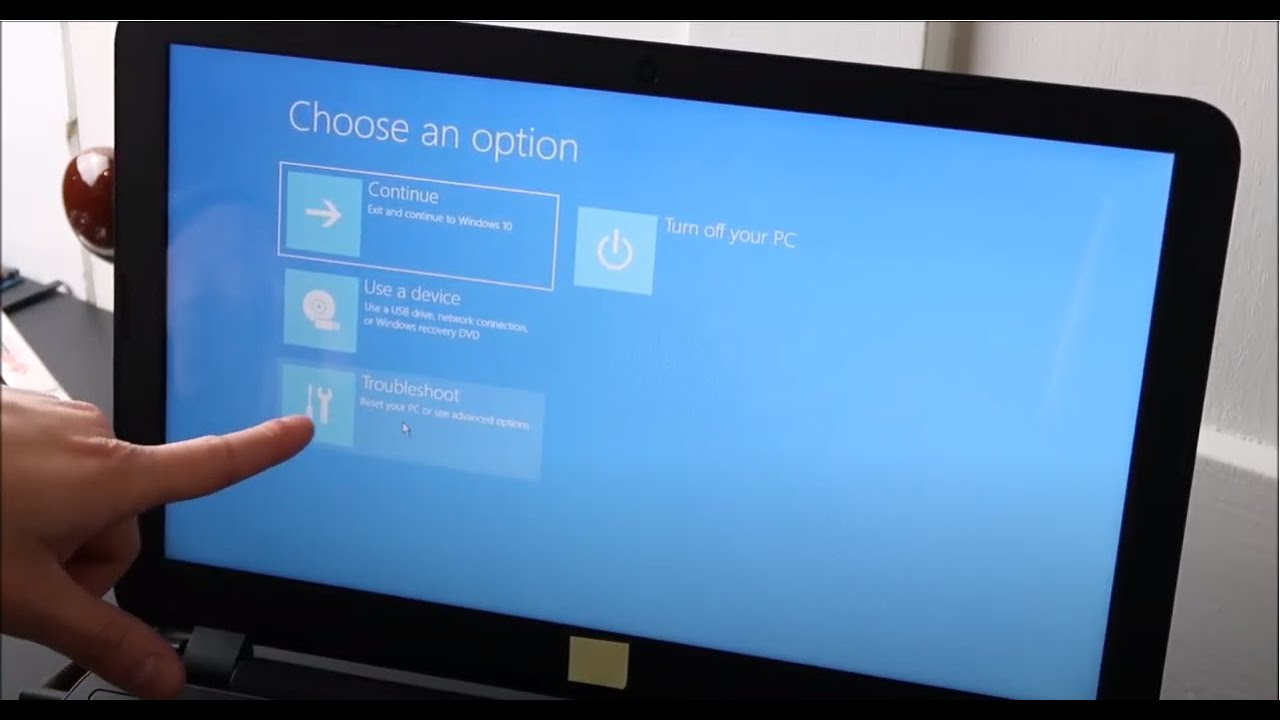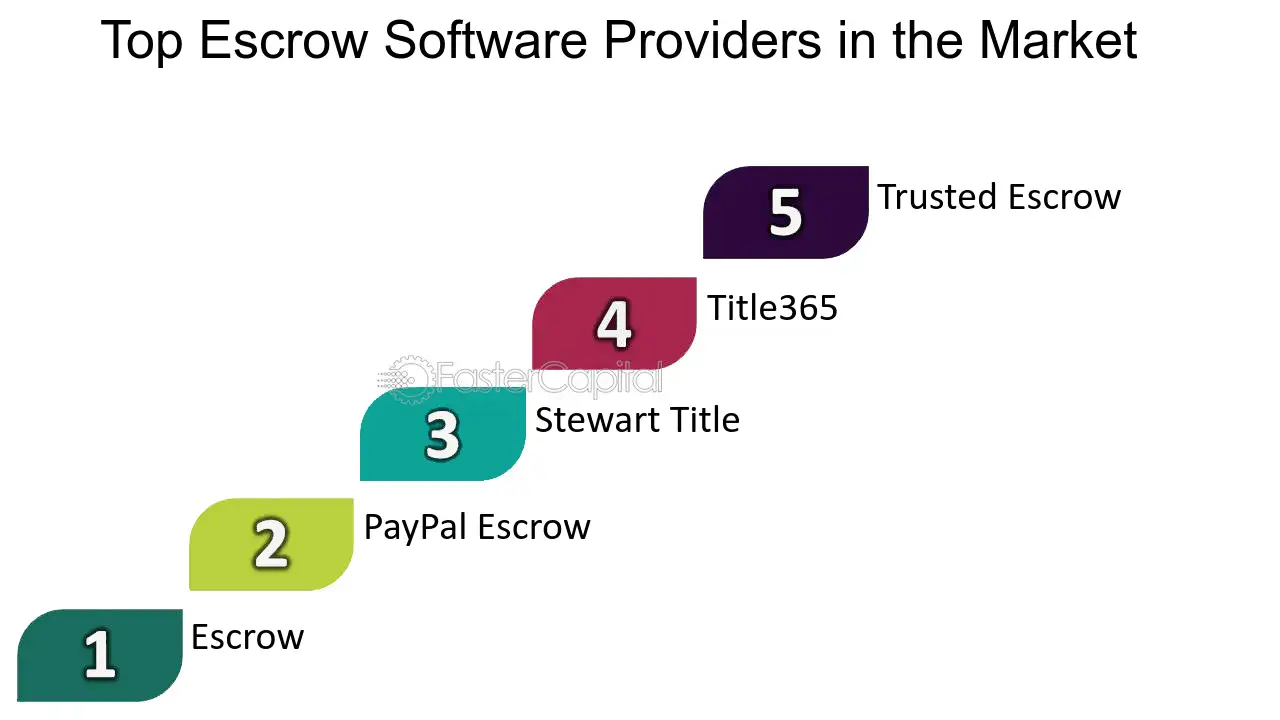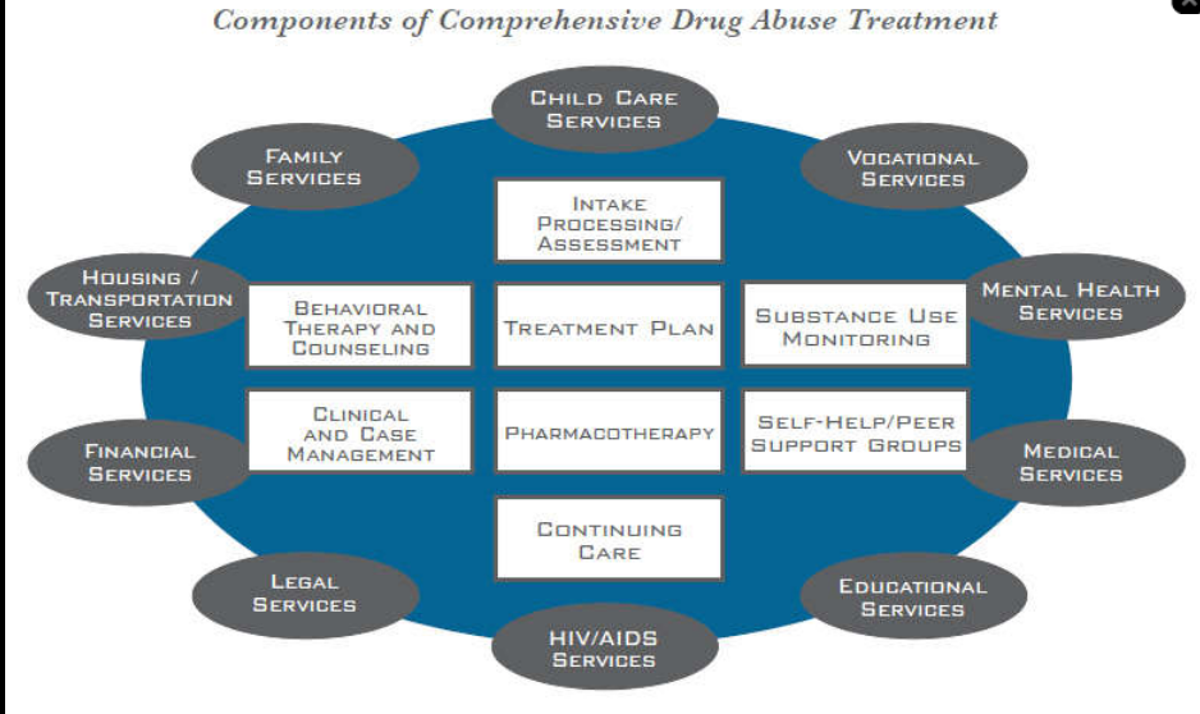
E-procurement tools are transforming the way businesses are performing in present times. Digitising procurement lowers costs and increases efficiency and transparency. However, to ensure that all of the benefits e-procurement has to offer are realised, it is important know how best these technologies can be employed. These seven comprehensive stages will assist you in becoming an expert user of your e procurement tool.
How to Use Procurement Tool
- Recognise the Features and Functionalities of the System.
Before you start using any, get to know best what features the e-procurement tool offers your business. Understand how to use the navigation, UI elements and core features of this system. This might include creating purchase orders, managing suppliers, billing, and reporting. Most e-procurement platforms have demo systems, user guides and training sessions. Utilise these tools to make sure that you and your group are knowledgeable about the capabilities of the system. By being aware of these qualities, you can make the most of the tool and make sure that every step of the procurement process is effective and efficient. You may steer clear of frequent errors and guarantee a more seamless shift from conventional to digital procurement techniques by becoming proficient with the system’s functions.
- Configure and Personalise User Profiles
The capacity of e-procurement systems to accommodate various user roles within an organisation is one of its main benefits. Configure and personalise user profiles in accordance with the distinct tasks and duties that each member of your team has. To safeguard sensitive information and guarantee that users have access to just the features relevant to their responsibilities, this entails specifying user permissions and access levels. For example, individual buyers may simply need to make purchase orders and handle supplier relationships, while procurement managers may want access to all procurement data and reporting functions. Personalising user profiles contributes to the procurement process’s continued accountability and control. Additionally, it guarantees that every user may do their activities quickly and effectively without needless complication.
- Simplify the Management of Suppliers
Any procurement operation’s success depends on efficient supplier management. Make use of your e-procurement solution to keep an accurate database of all of your vendors. Contact details, product catalogues, prices, and performance indicators are just a few of the important facts this database needs to include. It might be simpler to assess and approve new suppliers by automating and streamlining the supplier onboarding process with the aid of the e-procurement system. Utilise the system to monitor supplier performance over time by tracking criteria, including response to concerns, quality of items delivered, and delivery dependability. You may build stronger bonds, strike better agreements, and guarantee a dependable supply chain by keeping an extensive and well-organized supplier database.
- Autonomously Generate and Authorise Purchase Orders
E-procurement system’s ability to automate the creation, approval and transmission order or Digital catalogue are some of its advantages. Configure the system’s processes to produce purchase orders (POs) automatically in response to preset parameters, including inventory levels or requisition requests. By automating this procedure, you may lower the possibility of human mistakes, shorten procurement lead times, and guarantee on-time order placement. Furthermore, create approval procedures that forward purchase orders to the relevant staff members for permission and assessment. This ensures that all purchase requisitions are reviews to ensure they meet corporate standards and financial constraints. Automatically creating and processing purchase orders can help you reduce the number of manual efforts, thus leading to productivity enhancement and a better grip over your procurement processes.
- Execute Reporting and Analysis of Spending
Take advantage of your procurement analytics and reporting tools in the e-procurement toolset to get a better understanding of how you got from point A to B. Use spend analysis to track and evaluate the spending trends inside your company. Organising spending, determining the best suppliers, and determining potential cost-saving measures are all part of this. It might be helpful to see patterns and areas for improvement to get regular information on procurement metrics, including purchase order cycle times, supplier performance, and compliance rates. With these insights, you can approach data-driven decision-making to optimise supplier negotiations, procurement strategies and cost reductions.
- Improve Risk Management and Compliance
A successful procurement plan must include compliance and risk management. Make use of your e-procurement system to ensure adherence to contractual duties, industry rules, and corporate policies. Set up the system to automatically detect and report non-compliant activity, including unsanctioned purchases or supplier terms violations. Additionally, by offering insight into any interruptions in the supply chain or the financial soundness of suppliers, the system may aid in risk management. To make sure that the compliance and risk management procedures in the e-procurement system are still applicable and efficient, regularly evaluate and update them. You may shield your company from lawsuits, financial losses, and brand harm by improving compliance and risk management.
- Encourage Cooperation and Interaction
Working with suppliers and your procurement team may be much more collaborative and effective when you use an e-procurement system. Utilise the communication features of the system to exchange papers, handle approvals, and enable real-time conversations. Maintaining solid supplier relationships, ensuring procurement processes run smoothly, and swiftly resolving concerns all depend on effective communication. Encourage teamwork by setting up common areas where people may communicate, exchange ideas, and plan initiatives related to procurement. You may stimulate innovation in procurement methods, make use of your team’s pooled skills, and get greater results by cultivating a collaborative atmosphere.
Conclusion
Developing proficiency with e-procurement technology and reverse auction software requires a thorough comprehension of its functionalities, efficient customisation, and tactical use of its potential. You can fully utilise the advantages of your e-procurement system by adhering to these seven steps: comprehending the features of the system, personalising user profiles, optimising supplier management, automating purchase orders, putting spend analysis into practice, improving compliance and risk management, and encouraging cooperation. This strategy will help your company achieve major cost savings and strategic benefits in addition to increasing the efficacy and efficiency of your procurement procedures. Adopting these best practices guarantees that your e-procurement platform will turn into a vital instrument for accomplishing your procurement objectives.







